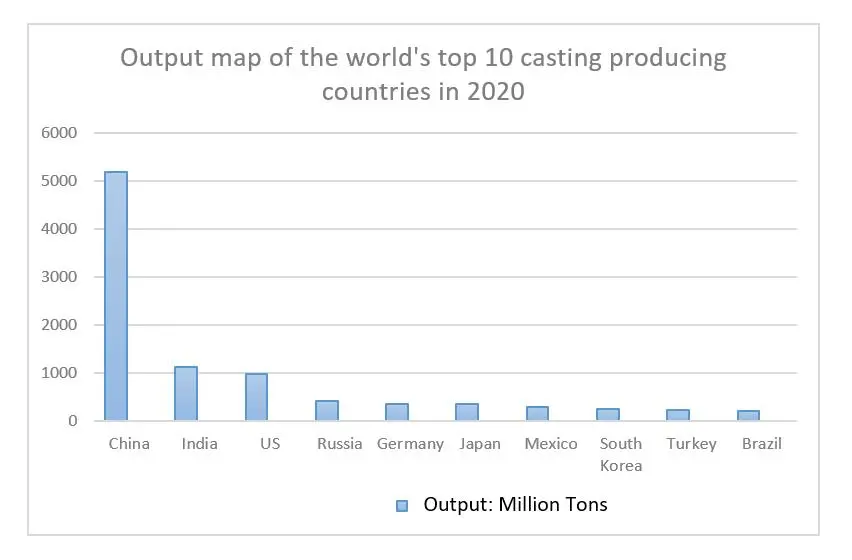The Beauty and Complexity of 3D Sand Art
3D sand art is an exciting fusion of creativity and technology, bringing together the simplicity of sand with the intricacies of design. This unique form of artistic expression not only captivates the senses but also serves as a testament to human ingenuity. From tranquil beach scenes to intricate sculptures, 3D sand art has an enchanting quality that appeals to both casual observers and serious art aficionados.
At its core, 3D sand art involves the manipulation of sand into three-dimensional shapes, often using specially designed tools and molds. Artists utilize a variety of techniques to create depth and texture, transforming an otherwise ordinary medium into extraordinary masterpieces. The use of colored sands adds another layer of vibrancy, enhancing the visual appeal of the artwork.
.
The process of creating 3D sand art is both an art and a science. Artists start by choosing the right type of sand—fine, dry sand is often preferred for its ability to hold shape. The artist must then carefully plan the design, paying attention to details that will give the work depth and dimension. Using tools such as shovels, rakes, and even their hands, artists meticulously build layer upon layer of sand, sculpting it into the desired form.
3d sand

The evolution of technology has significantly enhanced the creation of 3D sand art. With the advent of computer-aided design (CAD) software, artists can now sketch their ideas digitally, allowing for more precise measurements and intricate designs. Moreover, 3D printing technology has started to make its way into the sand art scene, with artists experimenting with creating molds that can be filled with sand, allowing for more complex shapes and designs. This blend of traditional craftsmanship with modern technology opens up new possibilities for artists and expands the boundaries of what can be achieved in this unique medium.
In addition to individual expression, 3D sand art has become a community activity in many parts of the world. Sand sculptures are often featured at festivals and competitions, fostering collaboration among artists and engaging the public. These events not only showcase the artistry involved but also promote teamwork and creativity. Participants work together to build massive sand structures, often with a theme that resonates with spectators. Such communal efforts highlight the unifying power of art, breaking down barriers and bringing people together.
Furthermore, 3D sand art has educational value, serving as a tool for teaching concepts related to geometry, physics, and even environmental science. Workshops and classes are often held for children and adults alike, where participants learn not only the technical skills needed for sand sculpting but also gain insights into the natural phenomena that affect their creations. This approach encourages a deeper appreciation for both the art and the science behind it.
In conclusion, 3D sand art represents a harmonious blend of creativity, community, and technology. Its transient nature serves as a reminder to cherish the beauty of the moment, while the intricate designs and collaborative efforts inspire awe and unity. As artists continue to push the boundaries of what is possible with sand, this art form promises to evolve, bringing new innovations and deeper meanings to its practice. Whether seen on a beautiful beach or displayed in galleries, 3D sand art captures the imagination and celebrates the artistry inherent in both nature and human expression.
Post time:វិច្ឆិកា . 07, 2024 12:31
Next:Understanding the Process and Benefits of Sand Casting in Manufacturing
